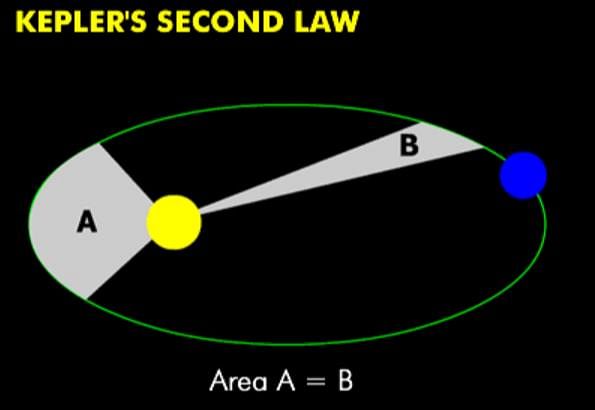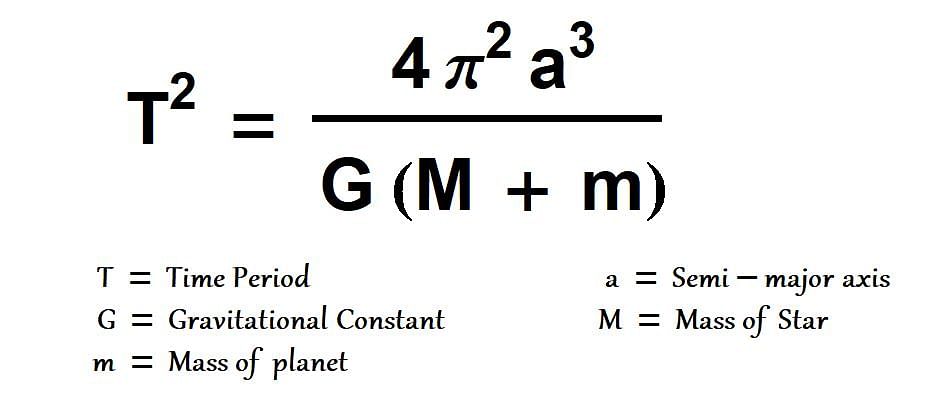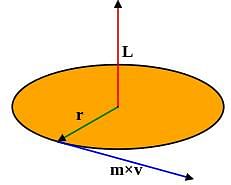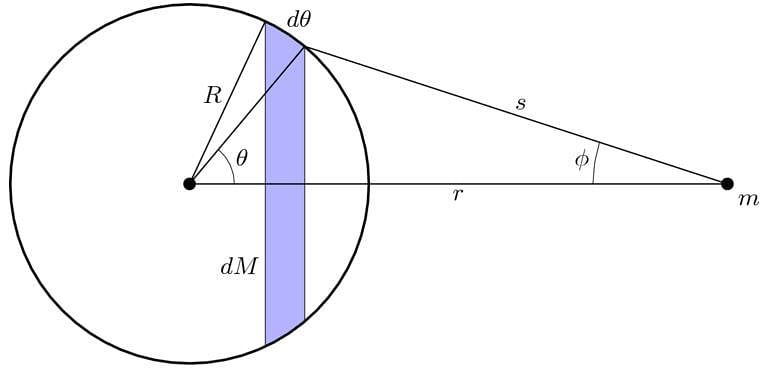Multiple Choice Questions (MCQs): Gravitation - NEET MCQ
20 Questions MCQ Test Topic-wise MCQ Tests for NEET - Multiple Choice Questions (MCQs): Gravitation
According to Kepler’s Law of orbits:
| 1 Crore+ students have signed up on EduRev. Have you? Download the App |
The total energy of a circularly orbiting satellite is
According to Kepler’s Law of periods, The _______________ of the time period of revolution of a planet is proportional to the cube of the ___________ of the ellipse traced out by the planet
A ‘central’ force is always directed
The acceleration due to gravity at the North Pole of Neptune is approximately 10.7 m/s2. Neptune has mass 1.0 x 1026 kg and radius 2.5 x 104 km and rotates once around its axis in about 16 h. What is the gravitational force on a 5.0-kg object at the north pole of Neptune?
To find the resultant gravitational force acting on the particle m due to a number of masses we need to use:
The acceleration due to gravity at the North Pole of Neptune is approximately 10.7 x m/s2. Neptune has mass 1.0 x 1026 kg and radius 2.5 x 104 km and rotates once around its axis in about 16 h. What is the apparent weight a 5.0-kg object at Neptune’s equator?
The force of attraction between a hollow spherical shell of uniform density and a point mass situated outside is just as if the entire mass of the shell is
The force of attraction due to a hollow spherical shell of uniform density, on a point mass situated inside it, is
Suppose there existed a planet that went around the sun twice as fast as the earth. What would be its orbital size as compared to that of the earth?
A particle of mass 3m is located 1.00 m from a particle of mass m. Where should you put a third mass M so that the net gravitational force on M due to the two masses is exactly zero?
Moon has a mass of 7.36 x 1022 kg, and a radius of 1.74 x 106 m. Calculate the acceleration due to gravity on the moon.
If a film of width l is stretched in the longitudinal direction a distance d by force F, surface tension is given by
Titania, the largest moon of the planet Uranus, has 1/8 the radius of the earth and 1/1700 the mass of the earth. What is the acceleration due to gravity at the surface of Titania
Data: G = 6.67x10−11 N m2/kg, RE = 6.38 x 106 m, mE = 5.97 x 1024 kg
Which of the following statements correct?
How will you ‘weigh the sun’, that is estimate its mass? The mean orbital radius of the earth around the sun is 1.5 x 108 km.
|
9 docs|1272 tests
|
























